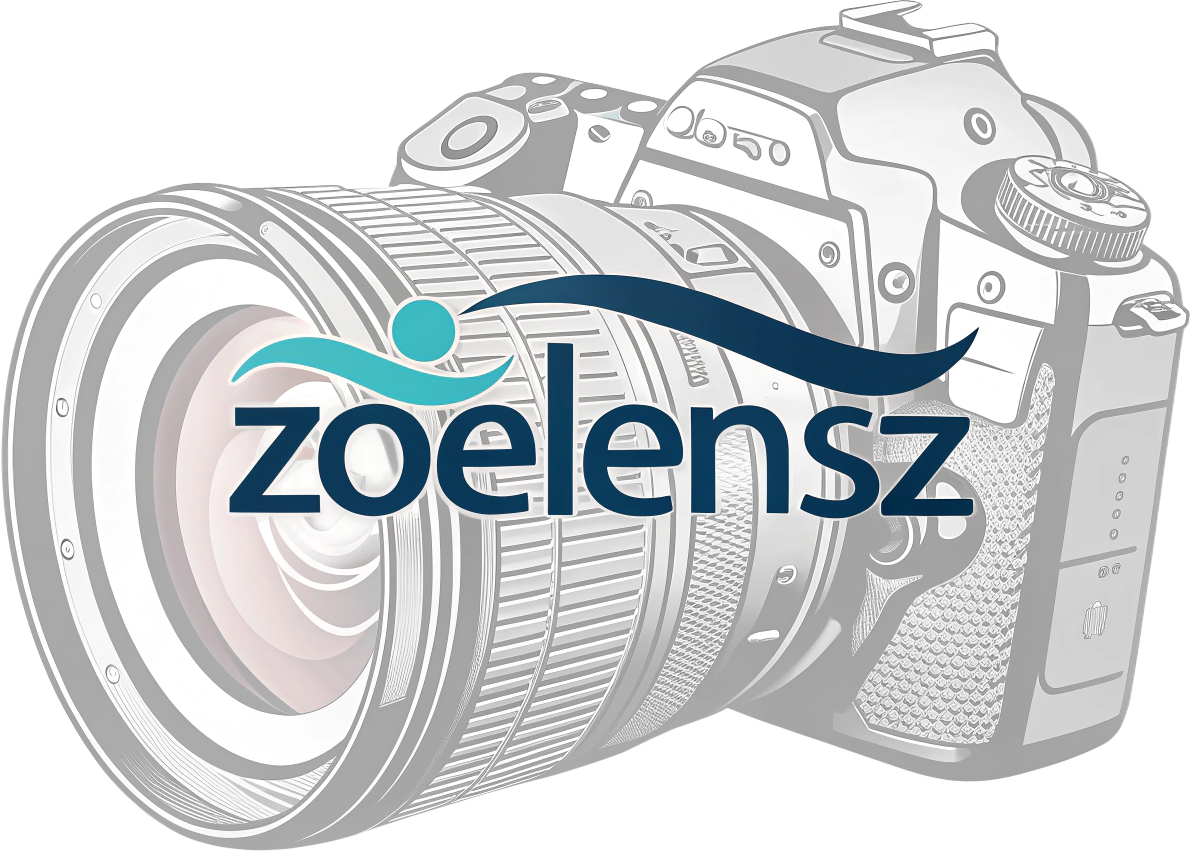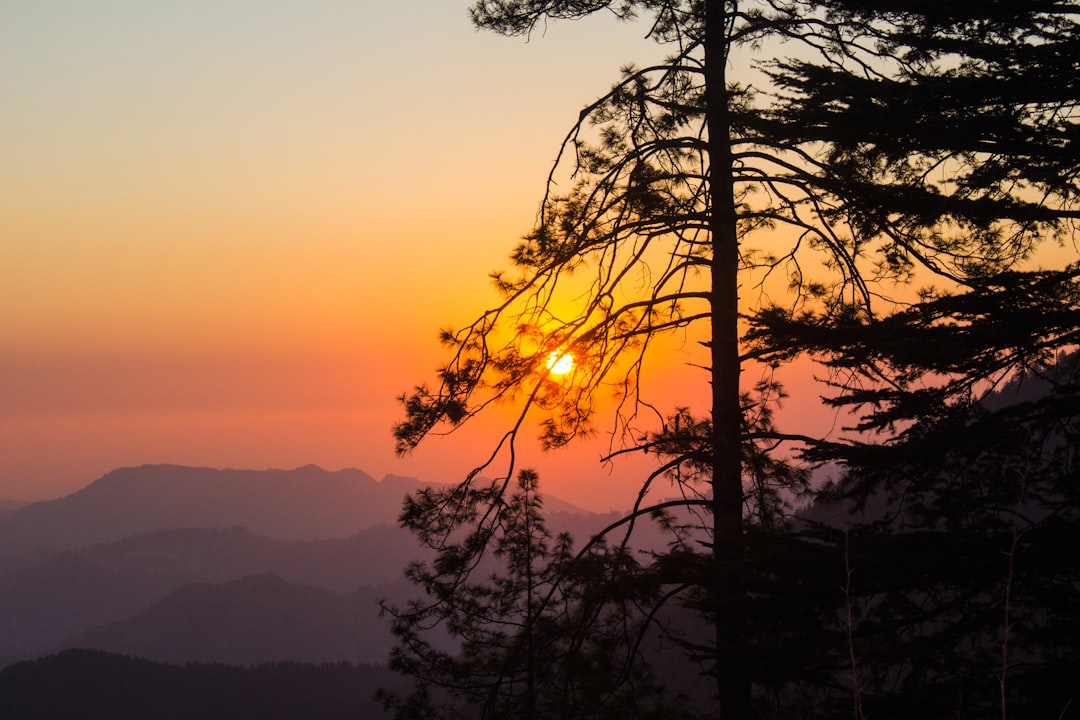Photography, an art form that captures moments and freezes them in time, has always been intertwined with technology. From the ancient pinhole camera to today’s sophisticated DSLRs and mirrorless systems, equipment plays a crucial role in the quality and style of photographs. However, not every photographer can afford or even desires the latest gear. Enter the world of DIY photography equipment, where creativity meets resourcefulness.
Imagine walking into a store, ready to purchase a light diffuser, only to be staggered by the price tag. A professional might say it’s worth every penny, but a DIY enthusiast would think otherwise. Instead of splurging, why not repurpose an old white shower curtain? This simple hack provides soft, diffused light for portraits and still life photography. It’s not just about saving money; it’s about adding a personal touch to your art.
Camera stabilizers are another expensive piece of kit that can easily be recreated with everyday items. A steady shot is crucial, especially for video work. Enter the DIY stabilizer: a few PVC pipes, a couple of bolts, and some weights. With a little patience and a tutorial from the internet, you’ve got yourself a rig that competes with commercial products.
Lenses, too, can be a playground for DIY enthusiasts. While you can’t exactly make a lens from scratch, you can create fascinating effects with items like magnifying glasses, kaleidoscopes, or even a simple glass of water. These elements can introduce unique distortions and flares that give your images a distinctive edge.
Let’s talk about macro photography. The tiniest details often reveal the most captivating aspects of a subject. A professional macro lens can cost a fortune, but a simple extension tube or a reverse ring adapter can turn a regular lens into a macro one. Suddenly, the microscopic world is at your fingertips, without emptying your wallet.
But it’s not just about creating equipment; it’s also about being resourceful with what’s around you. Natural light, for example, is a free and abundant resource. Learn to harness it by understanding the best times of day for shooting, or by using reflectors made from cardboard and aluminum foil.
Moreover, the DIY approach can lead to unexpected artistic outcomes. It’s not just about emulating what expensive gear can do, but about discovering what it can’t. The imperfections, the happy accidents, these are the things that often give a photograph its soul.
In the end, DIY photography equipment isn’t just for those on a budget; it’s for anyone who loves a challenge and enjoys the satisfaction of creating something unique. It’s a journey of discovery that often leads to more personal and evocative images. So, next time you’re tempted by that shiny new piece of gear, take a moment to think about what you might already have, or what you could make, to achieve the same results. After all, the best camera is the one in your hands, and the best equipment is the kind you make your own.

